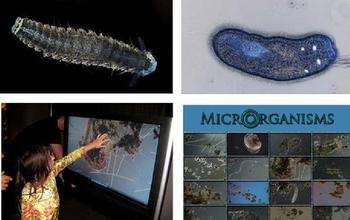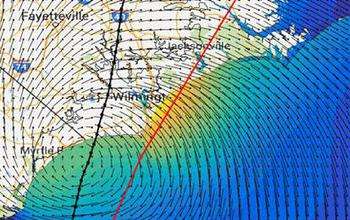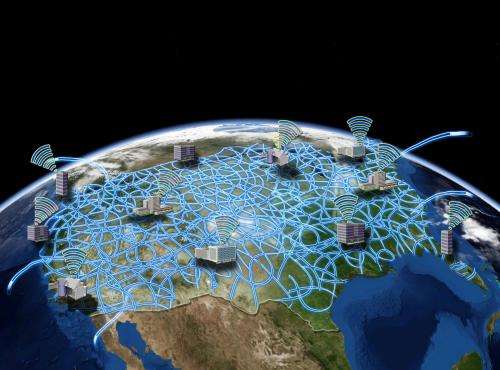From programmable backbones to advanced 'apps': An end-to-end vision of the future Internet

Ultra-high-speed and programmable networks have the potential not only to make the Internet faster, more secure and more accessible, but also to enable completely new kinds of applications that can transform how we live, work, learn and communicate.
Cities across the country with gigabit network connectivity, from Chattanooga, Tenn., to Flint, Mich., as well as universities equipped with advanced networking capabilities, are working together to catalyze new businesses and improve citizens' quality of life through innovative applications for healthcare, public safety, education and learning, transportation, energy and beyond.
One part of the future Internet equation has already paid off: Software-defined networking, a new networking paradigm enabling deep programmability has become a multi-billion-dollar market in just a matter of years and is expected to surpass $35 billion by 2018.
This week, hundreds of researchers, educators, entrepreneurs and civic leaders came together in the Washington, D.C., area to envision new possibilities for the future of the Internet. The meeting, "Beyond Today's Internet: Experiencing a Smart Future," showcased the accomplishments of two strategic National Science Foundation (NSF)— supported activities—the Global Environment for Network Innovations, or GENI Project, and the US Ignite Initiative.

GENI provides an experimental, ultra-high-speed, programmable networking testbed that allows researchers to test new networking ideas at scale. US Ignite leverages the capabilities of GENI and connects cities and regions with ultra-high-speed broadband connectivity to demonstrate the potential of game-changing applications that take advantage of these advanced neworks.
At the plenary yesterday, leaders from government—including NSF Director France Córdova and representatives from the White House Office of Science and Technology Policy, the Department of Commerce, and the Department of Education—and representatives from industry and academia discussed the future of networking technologies and witnessed examples of some of the most compelling and societally significant next-generation applications that have been developed to date.
"NSF investments in networking and information technology are enabling us to address societal priorities and advance economic competitiveness in ways we have never envisioned before," said Córdova. "From a precursor to the Internet called NSFNET to mobile and ubiquitous computing, NSF has supported fundamental advances that have transformed our world."

Demonstrations included a project that allows students in Chattanooga, Tenn., to control a gigabit-connected microscope in Los Angeles, Calif.; an effort, based in Chicago, to bring together genomic data to support advances in cancer research; and a project by a team of researchers from the Renaissance Computing Institute (RENCI) to model the impacts of coastal storms.
The resounding message: Secure, programmable networks and next-generation apps are making their way into schools, libraries, hospitals and homes in communities across the nation. They are giving rise to transformational approaches for conducting science and engineering broadly and have profound implications for our national prosperity.
The event featured more than 60 interactive demonstrations and a panel discussion moderated by Steve Lohr of The New York Times with representatives from NSF, GE Research, Raytheon and OneCommunity.
More information:
www.smartfuture2015.com/
Provided by National Science Foundation